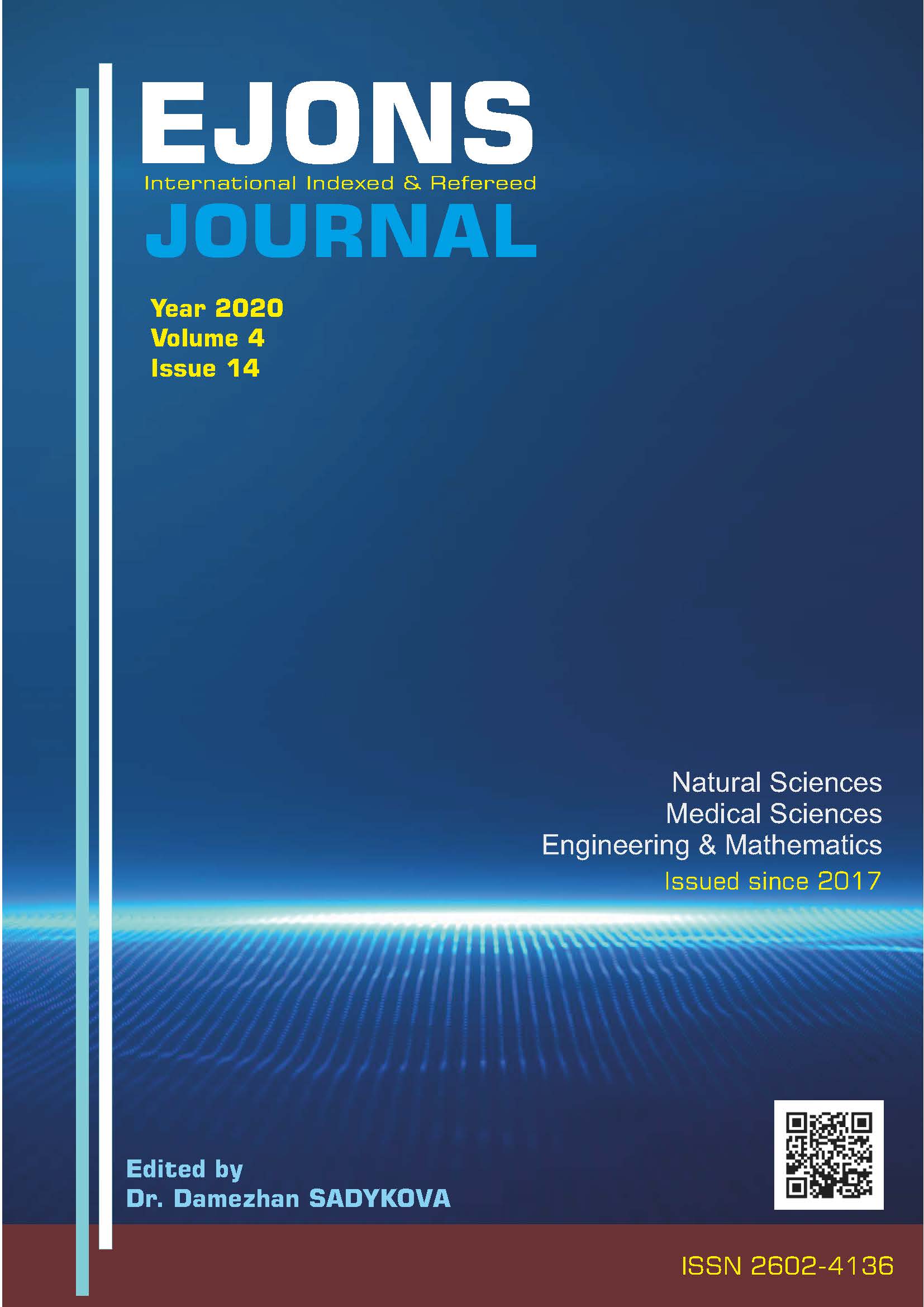Control of the Five Axis Ball Screw Ball Drive Robot Arm with Mach3 Card and Interface Program Prepared in Visual Studio 2010 C # Program
DOI:
https://doi.org/10.38063/ejons.270Keywords:
Welding Robot Design, Ball-Screw-Chain gear mechanism, Interface Program, Mach3 ProgramAbstract
The purpose of this study is to design and manufacture a five-axis cartesian welding robot. Robot design and manufacturing could not become widespread in our country due to reasons such as the import of robots used in the industry with high foreign currencies from abroad, the robot cannot be repaired in case of malfunction, and the software is not given by the manufacturer companies. Thus, robot production will be provided with a cost of 5-10% of the foreign currency paid to imported robots and national wealth will not be prevented from going abroad. Mach3 control card is used in CNC router machines construction by saving G codes as tab or text files. In addition, using drawing programs such as LazyCam, G codes of shapes can be created and can use dxf type drawing files. In this study, ball screw shafts with chain-gear connection, which provide movement with push-pull force, are used instead of reducers. The ball screw system with bearings is more advantageous than the current methods and provides ease of control by reducing the effect of the moments of inertia due to the movements of the robot parts used. The motion coordinates of the plane to be welded are created with the interface program prepared in Visual Studio 2010 C # program, and a Mach3 supported control card, stepper motors and drivers that will move these motors are used in order to run the G Codes.
Downloads
Published
How to Cite
Issue
Section
License

This work is licensed under a Creative Commons Attribution-NonCommercial 4.0 International License.


